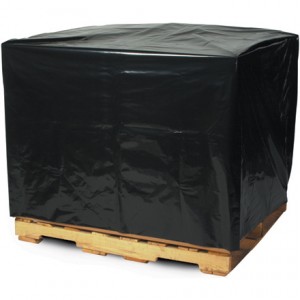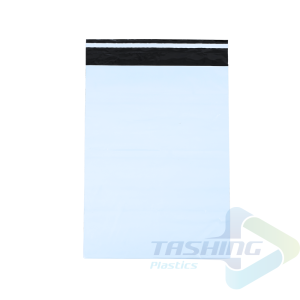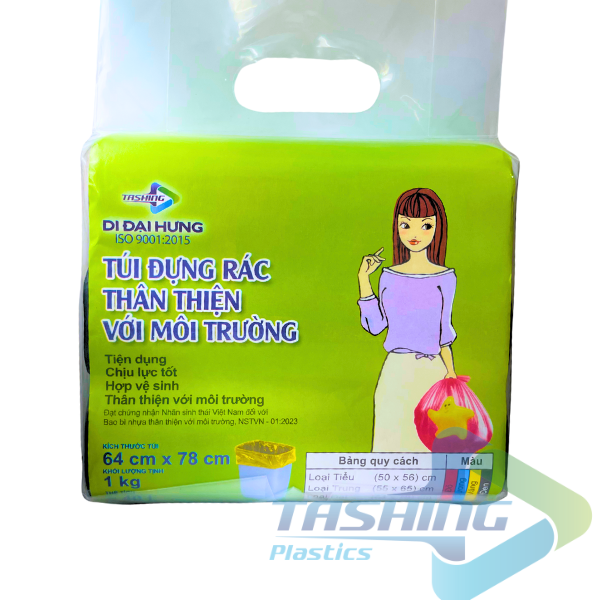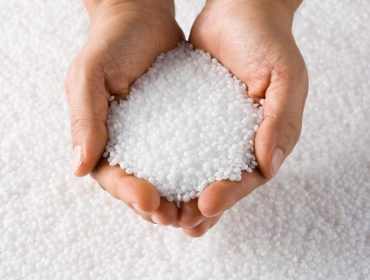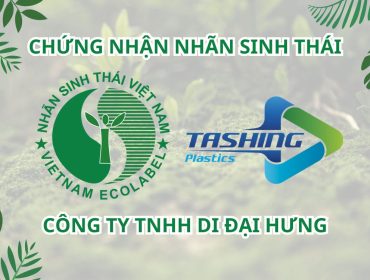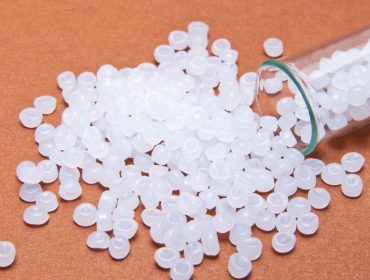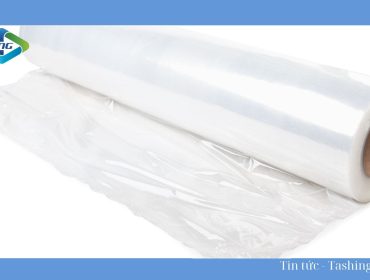HDPE is Recyclable: Benefits and Recycling Process of HDPE
18/03/2025Recycled HDPE plastic is becoming an important solution in the journey towards a sustainable future. The recyclability of this plastic not only helps reduce the negative environmental impact but also opens the door to a circular economy, where resources are used efficiently and optimally. From the familiar plastic bottles in daily life to complex industrial products, recycled HDPE is gradually asserting its indispensable role in building a green society and promoting sustainable development. This article will delve into the enormous potential of recyclable HDPE, from the nature of this plastic, its economic-environmental benefits, to its diverse applications and the vision for a brighter future.
HDPE – A Versatile Green Material for a Sustainable Future
HDPE (High-Density Polyethylene) is one of the most common types of plastic widely used in various industries. The outstanding characteristics of HDPE include high durability, excellent chemical resistance, waterproofing, UV resistance, and the ability to withstand high temperatures, making it an ideal material for many applications, from food packaging, water pipes to outdoor furniture. What stands out even more is that HDPE is fully recyclable, a significant advantage that helps reduce environmental pollution and save natural resources.
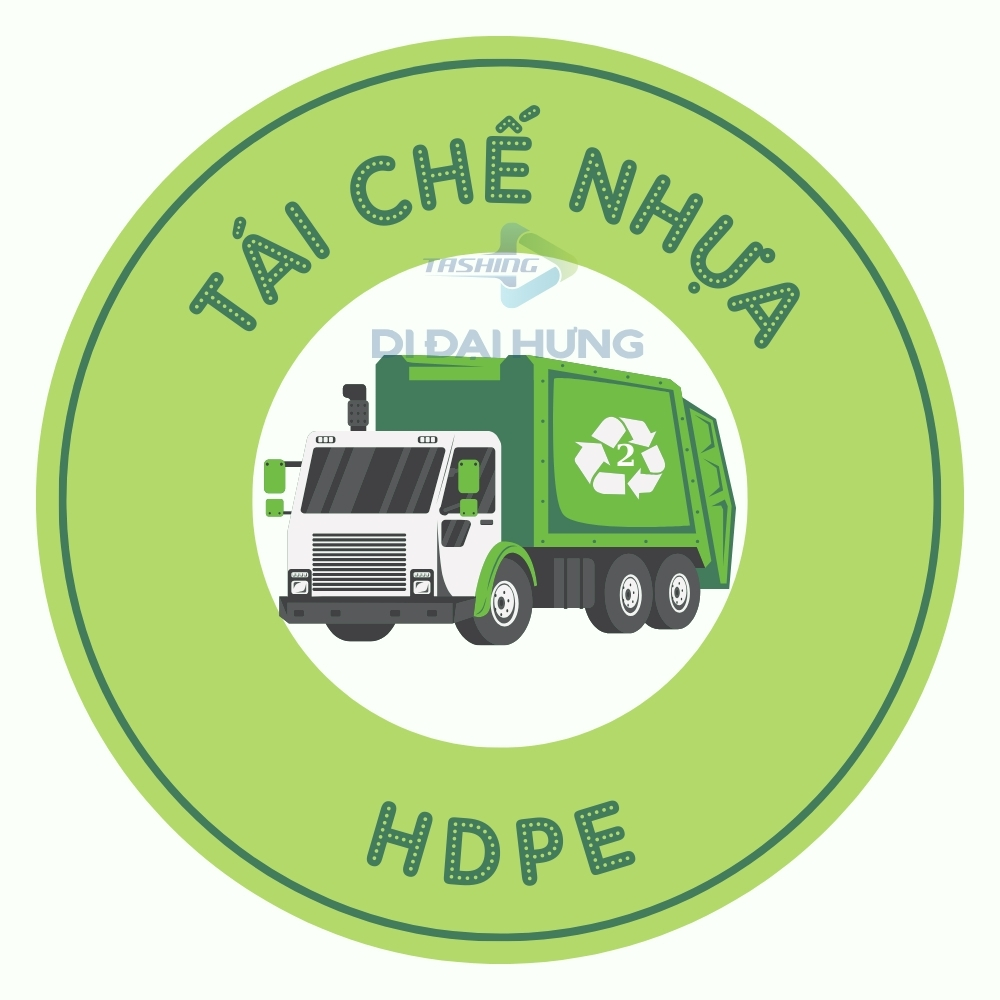
Nature and Diverse Applications of HDPE
HDPE is created through the polymerization process of ethylene, a simple hydrocarbon gas. The molecular structure of HDPE gives it superior mechanical properties, high durability, and the ability to withstand external forces. For this reason, HDPE is widely used in the production of food packaging, bottles, water pipes, household items, and even more complex industrial products. In the agricultural sector, HDPE is also used to produce agricultural films, helping to protect crops from the effects of weather and reduce the use of pesticides.
The waterproof nature and high durability of HDPE make it the top choice for producing water pipes, especially in water supply and drainage systems. HDPE pipes are lightweight, easy to transport and install, which helps reduce construction costs. Additionally, HDPE is used to manufacture household products such as storage bins, bottles, toys, and other items. This contributes to reducing the extraction of natural resources and plastic waste released into the environment.

HDPE also plays a significant role in the packaging and packaging industry. Its chemical resistance and high durability help preserve food freshness, extend shelf life, and reduce bacterial growth. Thanks to this flexible property, HDPE is used to produce various types of packaging, ranging from food packaging, beverages, to chemical and industrial products.
HDPE Production and Recycling Process
HDPE Production Process
The production process of HDPE begins with extracting ethylene from petroleum or natural gas. The ethylene is then introduced into a reactor under high pressure and temperature, catalyzed by special catalysts. The polymerization process forms HDPE plastic molecules with long chains and tight bonds.
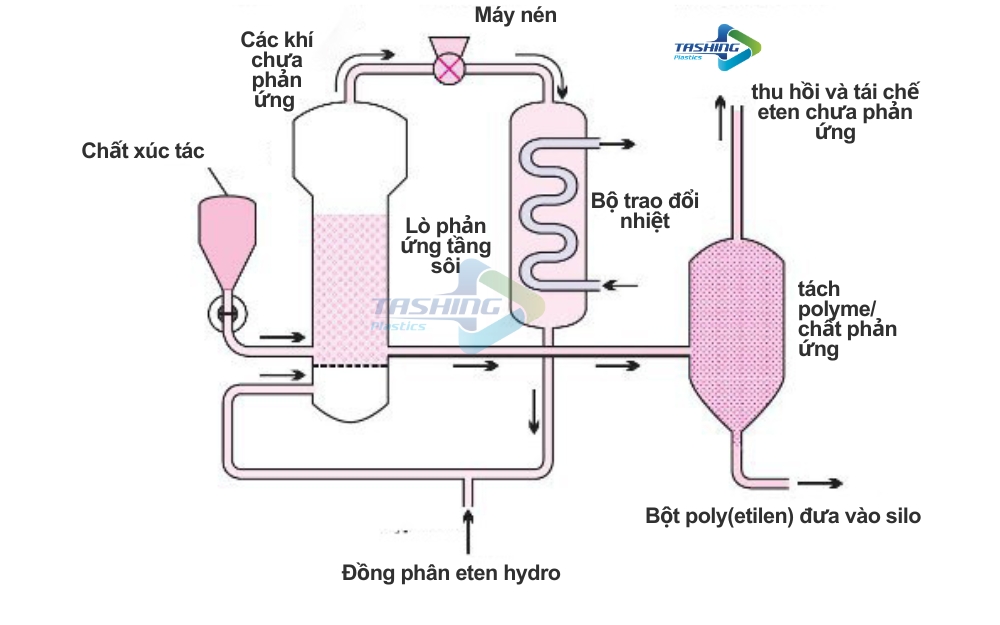
Recycling HDPE
The continuous recyclability of HDPE is a highlight in the process of using and handling this plastic. The HDPE recycling process includes steps such as collection, sorting, cleaning, and recycling into plastic pellets to produce new products. Recycled HDPE is used to manufacture a variety of products, such as water pipes, furniture, household items, and other products.
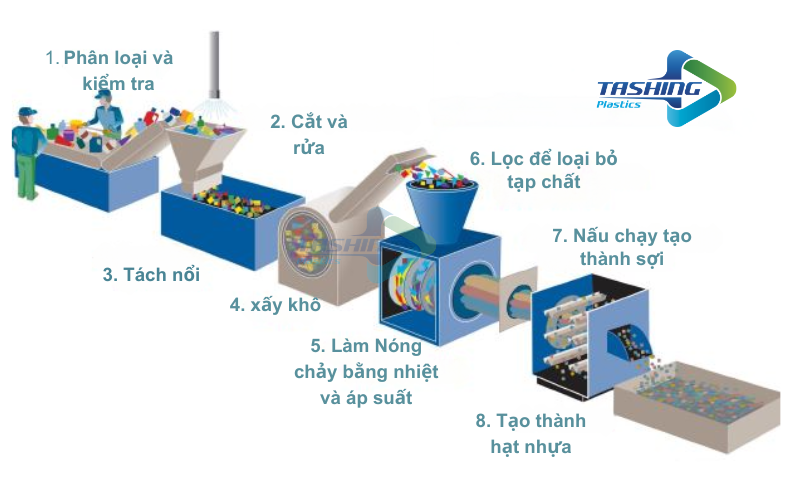
Here is the recycling process of HDPE based on the steps you provided:
| HDPE Recycling Process | Description |
|---|---|
| 1. Sorting and Cleaning | HDPE plastic is separated from other plastics and debris, then cleaned to remove contaminants. |
| 2. Near Infrared (NIR) Radiation | NIR technology is used to separate non-HDPE plastics. |
| 3. Shredding and Melting | The HDPE plastic is shredded into smaller pieces and melted to refine the polymer. |
| 4. Cooling and Pelletizing | After melting, the plastic is cooled and shaped into plastic pellets. |
| 5. New Product Creation | The HDPE pellets are used to produce products such as pipes, bins, sheets, films, and non-food bottles. |
Significance: Reduces the need for natural resources and enables multiple rounds of recycling and reuse of HDPE.
Recycling HDPE is crucial because it reduces the demand for natural resources. Unlike other materials such as polystyrene, HDPE can be recycled and reused multiple times.
However, to ensure the effectiveness of the HDPE recycling process, it is vital to sort and clean the plastic. HDPE needs to be separated from other plastics and free from contaminants such as paper, metal, and other pollutants. Proper sorting and cleaning not only improve the quality of recycled HDPE but also ensure human health and environmental safety.
The Importance of Recycling HDPE in Reducing Environmental Pollution
HDPE is a type of plastic that is difficult to degrade naturally, and the handling of HDPE waste remains a significant environmental challenge. Disposing of HDPE plastic into the environment not only pollutes the soil, water, and air, but it also negatively impacts ecosystems and human health.
On the other hand, recycling HDPE provides an effective solution to this problem. When HDPE is recycled into new products, the amount of plastic waste released into the environment is significantly reduced. This contributes to minimizing environmental pollution, protecting water resources, air quality, and soil health.
In addition to reducing environmental pollution, recycling HDPE also saves a substantial amount of energy and natural resources. Producing new HDPE plastic requires a large amount of energy, whereas using recycled HDPE helps to reduce energy consumption, lower greenhouse gas emissions, and protect the environment. Promoting HDPE recycling can help reduce the extraction of natural resources, protect the environment, and create a sustainable future.
The Great Economic Benefits of Recyclable HDPE
Recyclable HDPE not only brings significant environmental benefits but also holds considerable economic potential. Effective recycling of HDPE contributes to creating new value chains, promotes the growth of the recycling industry, and generates numerous new job opportunities.
Reducing Production Costs and Increasing Competitiveness
Recycling HDPE helps reduce production costs significantly compared to producing plastic from new materials. Recycled materials are often more cost-effective, and they help save on energy costs and reduce CO2 emissions. This enables manufacturing businesses to lower their product prices, enhancing their market competitiveness.
Utilizing recycled HDPE in production reduces pressure on raw material sources, and helps businesses lower transportation, storage, and material handling costs. Using recycled HDPE also helps reduce the costs of plastic waste treatment, contributing to lowering environmental costs for both businesses and communities.
Reducing production costs and enhancing the economic efficiency of recycled HDPE directly benefits businesses, allowing them to invest in advanced technologies and new product development. This creates a sustainable production cycle, drives economic growth, and generates more added value.
Creating Job Opportunities and Boosting the Economy
The HDPE recycling industry is increasingly growing, creating many new job opportunities for workers. From waste collectors, sorters, and processors to machine operators and management staff, this sector creates various job positions that meet the demand of the labor market.
Developing the HDPE recycling industry contributes to local economic development, providing additional income for residents and improving community livelihoods. HDPE recycling businesses can generate many ancillary economic activities, such as transportation, maintenance, repair, and trade, contributing to industry diversification and economic growth.
Investing in infrastructure and technology development for the HDPE recycling sector can attract foreign investment, boost economic activities, and foster international cooperation. HDPE recycling companies can export products to other countries, generating foreign exchange earnings and contributing to the overall development of the economy.
Promoting the Circular Economy – Opening New Opportunities for Development
Recycling HDPE is an important part of the circular economy. The circular economy model aims to minimize waste, reuse, and recycle resources to create a closed-loop system.
Recycling HDPE not only brings economic benefits to businesses but also helps protect the environment, conserve natural resources, and provides a sustainable solution for both businesses and communities. This contributes to building a green, sustainable economy.
Recyclable HDPE drives innovation in areas such as product design, recycling technology, and waste management. Developing effective HDPE recycling solutions will create a dynamic business environment, attract investment, and foster the development of new technologies.
Versatile Applications of Recycled HDPE: From Bottles to Industrial Products
The recyclability of HDPE opens the door to a multitude of new applications, from familiar products in daily life to more complex industrial items. Recycled HDPE is helping turn waste into a valuable resource, driving sustainable development and protecting the environment.
Packaging and Household Products
Recycled HDPE is widely used in the production of packaging products, such as water bottles, milk bottles, food containers, plastic bags, plastic wraps, and other packaging items. The quality of recycled HDPE still meets the safety and food hygiene standards, while also reducing the need for new resource extraction.
Household products made from recycled HDPE are becoming increasingly popular, including trash cans, plant pots, plastic chairs, and other products. Utilizing recycled HDPE helps reduce production costs, protect the environment, and contribute to the growth of the recycling industry.
Applications in Construction and Infrastructure
Recycled HDPE is an ideal material for producing construction products such as water pipes, roofing sheets, and other items. Recycled HDPE pipes are durable, resistant to water pressure and chemicals, helping to save costs and reduce resource waste.
In the infrastructure sector, recycled HDPE can be used to produce construction components such as wave barriers, dividers, and other products. Using recycled HDPE in this field helps reduce construction costs, minimize environmental impact, and contribute to building sustainable structures.
Industrial Product Manufacturing
Recycled HDPE is also used in the production of more complex industrial products, such as automotive parts, electronic devices, and other items. Utilizing recycled HDPE helps businesses reduce production costs, increase competitiveness, and contribute to sustainable development goals.
Scientists and engineers are continually researching and developing new technologies to improve the recycling efficiency of HDPE and expand its applications. The application of nano technology, biotechnology, and artificial intelligence in HDPE recycling could help create high-quality products with high economic value, while promoting the sustainable development of the recycling industry.
Conclusion
Recyclable HDPE plays a vital role in building a sustainable future for our planet. From reducing environmental pollution to creating new economic opportunities, recycled HDPE offers significant benefits for both people and the environment. To maximize the benefits of recycling HDPE, collaboration from organizations, businesses, and individuals is essential. Raising awareness about the importance of recycling, investing in advanced recycling technologies, and encouraging the consumption of recycled HDPE products will help us move toward a greener, cleaner, and more prosperous future. Recyclable HDPE serves as a reminder of our responsibility toward the environment and economy, while opening the door to countless opportunities for building a brighter future for the next generation.
Introduction to Di Đại Hưng Co., Ltd.
Di Đại Hưng Co., Ltd. is proud to be one of the leading companies in the field of plastic packaging manufacturing with over 40 years of experience. We specialize in providing high-quality packaging products that meet the diverse needs of the market in key regions such as Ho Chi Minh City, Binh Duong, Long An, and Dong Nai.
With the mission of providing effective, sustainable, and eco-friendly packaging solutions, Di Đại Hưng is always striving to improve technology, enhance product quality, and offer better services. Our experienced team and modern production system are the foundation that helps us meet the needs of our customers, from large enterprises to small and medium-sized production facilities.
Let Di Đại Hưng accompany your sustainable development journey!
OFFICE
Address: 462 & 466 Hong Bang Street, Ward 16, District 11, Ho Chi Minh City
Phone: 028 3960 5688 – 028 3960 5800
Email: info@tashing.com.vn
Facebook: Di Đại Hưng Co., Ltd.
FACTORY
Address: 62G An Duong Vuong Street, Ward 16, District 8, Ho Chi Minh City


